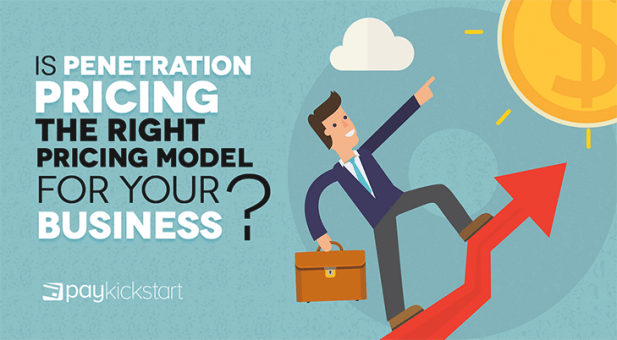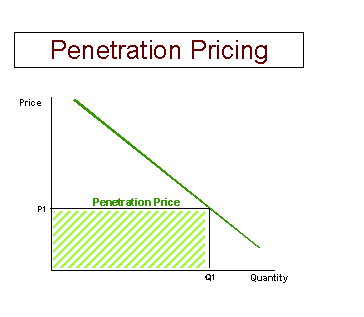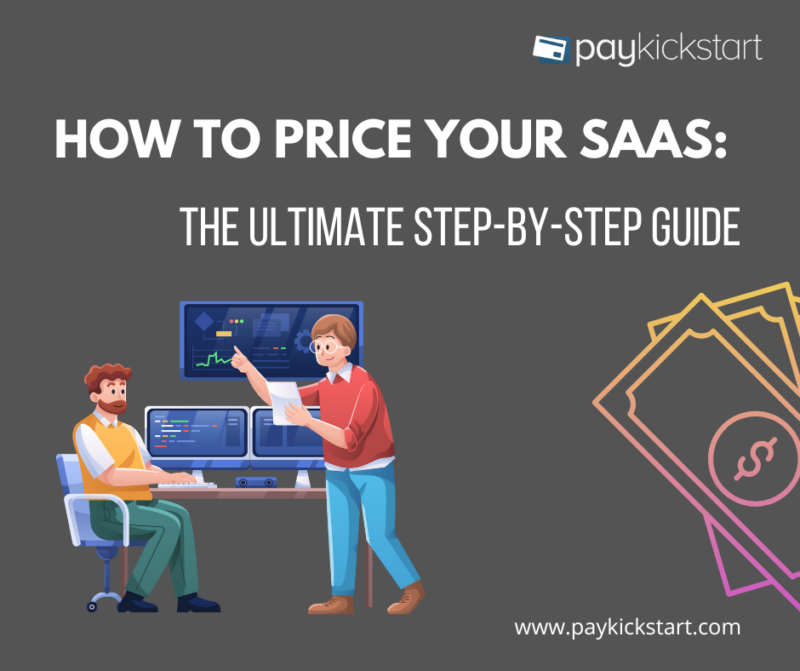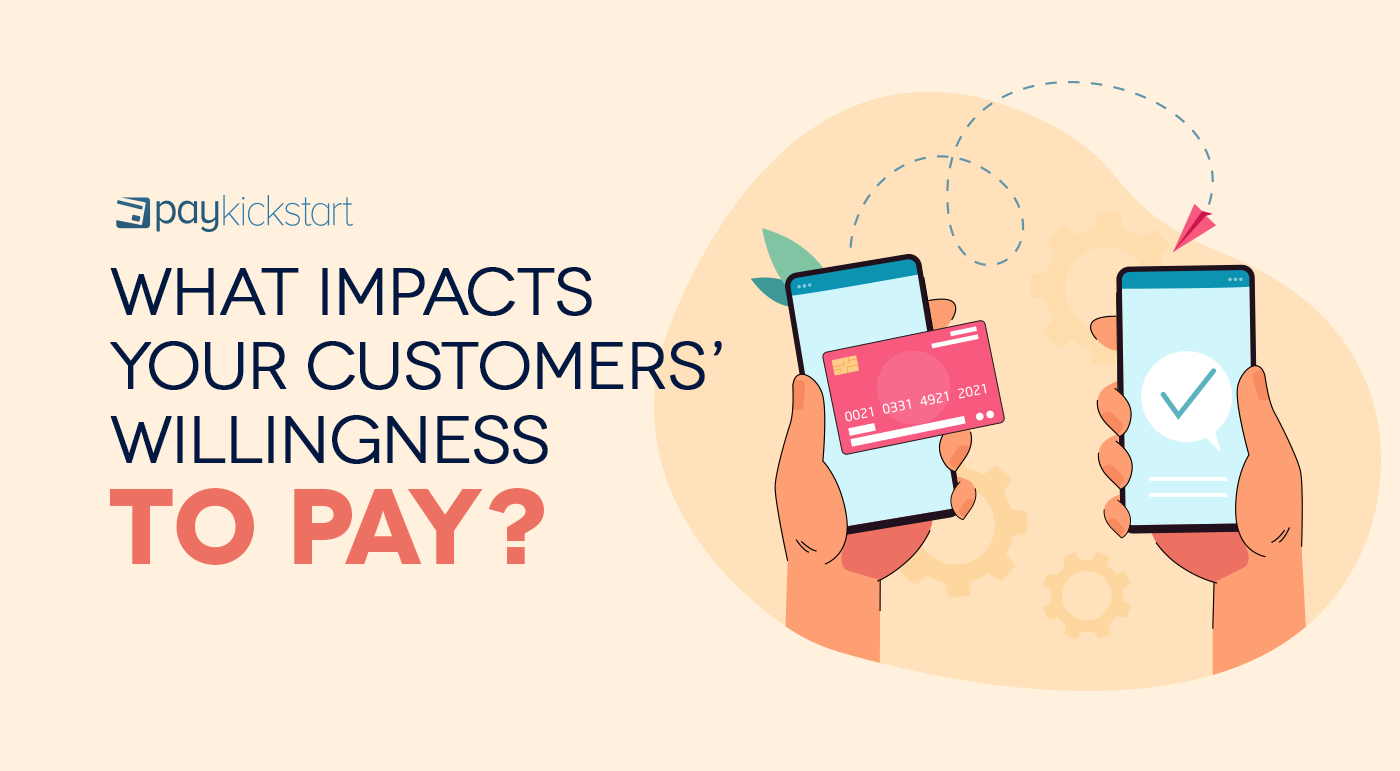Subscription growth hack (by PayKickstart)
Facebook Group - 3,932 members
Visit Group
There are countless ways to price your products.
You may have seen companies with a product that’s priced lower than anyone else. The only catch is that the price is temporary. It’s usually referred to as an introductory offer.
This is known as penetration pricing.
Depending on your goals and the product you’re selling, you may want to implement penetration pricing to grow your business.
In this article, I’ll look at what penetration pricing is, when you’d want to use it, and advantages/disadvantages.
Penetration pricing is a strategy used to gain market share by temporarily reducing the price of your goods or services. The lower price entices new customers to try your products or switch from their current vendors.

It’s a common tactic used by new market entrants.
Once the product has gained enough market share, the business increases the price so it’s in line with other players in the market.
In the short term, profits are lower than if it was priced higher. Even though you may be losing money or making less, the long term benefits of increased market share outweigh the short term losses you may incur.
Penetration pricing isn’t the best choice in all situations. If you’re creating a new product category then people have no reference point for the price so they may be willing to pay a lot more.
If you go in with a lower price point then you may anchor the entire category there while leaving a lot of profits on the table. It may be best to use a value-based pricing strategy there.
Conversely, if you’re entering a crowded space where consumers are well aware of the price points of products and services then it may be a worthwhile strategy.
For example, it would be tough to bring out a new brand of detergent because there are entrenched players. To compete, you may slash your prices for a limited time.
People may try it for no other reason than to save a few dollars. It’s important to note that penetration pricing is ideal for products that have massive markets and can take advantage of economies of scale.
It wouldn’t make sense to use it when going after a relatively small niche market. Like the example of detergent, consumer products are well suited for penetration pricing. To a lesser extent, B2B products can also take advantage of penetration pricing.
When used properly and in the right situation, it can help you:
This pricing strategy comes with a lot of advantages. I’ve mentioned some of them already. Other ones to consider are:
Even though there are some powerful advantages associated with penetration pricing, there are still disadvantages.
Penetration pricing is a viable strategy to enter new markets because it makes it easy for consumers to try your products and services.
When done right, it’s a temporary fix that allows you to grab market share while the competition isn’t looking. Even though it can be effective, it’s not meant for every situation and has real disadvantages.
Analyze the pros and cons deeply before you take the plunge. For example, will your competitors react and lower their prices to compete? Will people expect prices to stay low? Is there a large enough market to make it worthwhile?
If it checks out for you then by all means use penetration pricing and reap the rewards.
Daniel Ndukwu is a regular contributor to the PayKickstart blog. He has extensive experience with online businesses, conversion optimization, and subscription revenue models. When he's not writing insightful content, he works with other entrepreneurs to help them grow their bottom line.
Read More About Daniel Ndukwu
